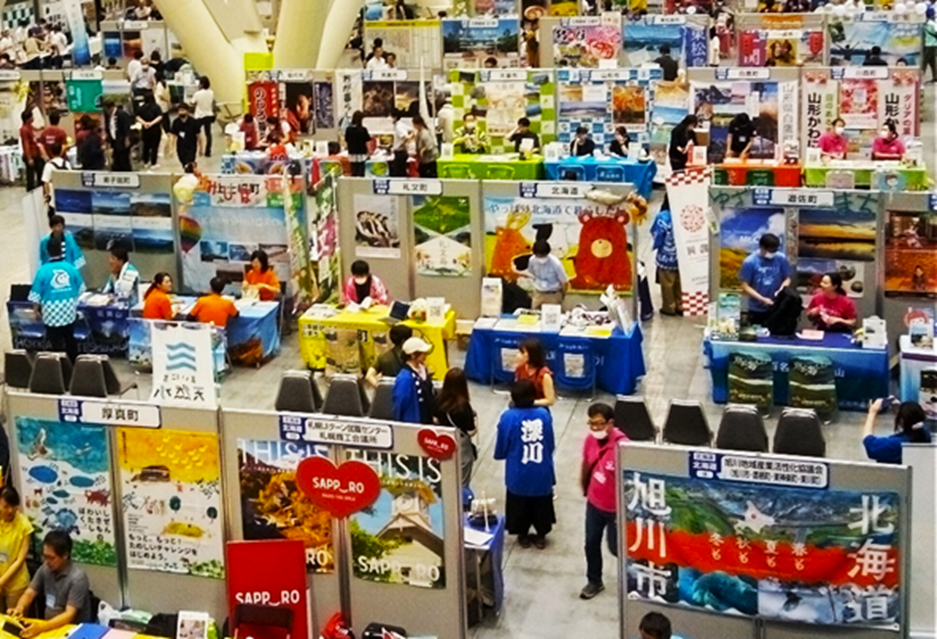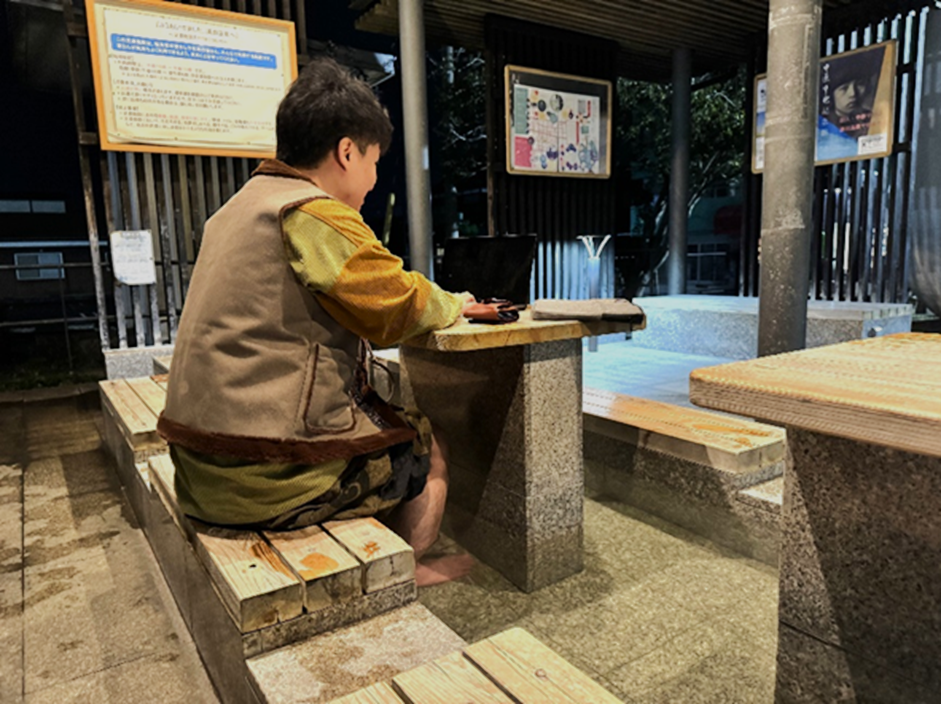by Satoru Yamamoto
The expansion of telework during the COVID-19 pandemic has provided an unexpected opportunity to advance migration from big cities to rural areas and to counteract the aging and shrinking populations in Japan’s countryside. The primary barrier to urban-rural migration is the lack of jobs in rural areas. Therefore, migration through telework or “telework migration” has been promoted as one of the national policies since the early 2000s. However, telework was limited before COVID-19, and the policy did not have a marked effect. Telework migration to rural areas only began to emerge in the early fall of 2020, and it was mainly people from Tokyo who relocated to the countryside. On the other hand, non-telework migration, which requires securing a job in a new location, had already been on the rise after the Great East Japan Earthquake in 2011. Currently, with the addition of telework migration, urban-rural migration has developed into a kind of boom. According to the Furusato Kaiki Shien Center [1], the number of consultation cases for migration in 2023 was approximately 59,300, a record high [2]. However, the main feature of urban-rural migration after COVID-19, apart from the increase in the number of migrants, is a qualitative change.

Copyright © Satoru Yamamoto 2023
During COVID-19, I interviewed 16 migrants in Yamaguchi Prefecture. As a result, I could observe the differences in the motivations between non-telework migrants and telework migrants. First, I present three samples of non-telework migrants from Tokyo. A farmer in his thirties said: “I had a strong desire to escape somewhere completely different from where I had lived before and cut off my life to restart from scratch.” A museum concierge in her twenties told me: “I couldn’t see myself in this fast-paced life in Tokyo anymore. So I came here because I had a job I wanted to do.” And finally, a ceramic artist in his 50s stated: “I was not comfortable with a life that only took place in my imagination. I had a desire to live in reality, to experience life, and so I started training in pottery here.” These quotes show that non-telework migrants desire to reset their lives and achieve self-realization through work. This motivates their relocation. This is a trend that has started before the COVID-19 pandemic and continues.

Copyright © Satoru Yamamoto 2024
Secondly, I present three samples of telework migrants whom I asked about their motivation to move to Yamaguchi Prefecture. They did not mention a desire or a resolution to reset their lives. A marketer in his twenties told me: “My work is no different from what I was doing in Tokyo. Therefore, my income hasn’t decreased. However, since moving here, my cost of living has decreased by 20%.” Another reason for the relocation of telework migrants is their family situation. An IT-engineer in his forties said: “My main reason is childcare. There are much better facilities in Tokyo than in Yamaguchi, but I’m sure, for children, the relaxed environment here is better.” And a consultant in his forties explained that he prefers a mobile lifestyle: “I don’t believe it is necessary to be rooted in a particular region. For me, it’s easier to feel like I’m living temporarily, like a long-term workcation.” Telework migrants migrate to rural areas where the cost of living is lower and keep their higher income from their jobs in the big city. It is a simple change of residence (hikkoshi) in search of a comfortable living environment and an ideal lifestyle. And some migrants have a more mobile sense of place than others.

Copyright © Satoru Yamamoto 2024
While non-teleworking migrants tend to view migration as a particular life choice based on the decision to change their lifestyle and their job, teleworking migrants tend to view it as a familiar and rational life choice without a decision to radically change their lives. The main reason for this is that their place of work is not directly linked to the place of residence. One migration consultant described this qualitative change as “a situation in which the word ‘migration’ (ijū) no longer seems appropriate.” [3] Furthermore, one researcher pointed out that many traditional migration policies implemented by local governments no longer work [4]. Certainly, it is not easy for local governments to manage two types of migration with different motivations and forms of mobility in parallel. However, I am convinced that telework migration is essential for the preservation and revitalization of rural areas where attractive high-income jobs are scarce. Therefore, local governments must adapt to the qualitative change caused by the Covid-19 pandemic.
References:
[1] Furusato Kaiki Shien Center is an NPO that works with local governments to provide consultation and support for urban-rural migration: https://www.furusatokaiki.net/
[2] The Furusatokaiki Shien Center, News-Release, 27/02/2024,
https://www.furusatokaiki.net/wp/wp-content/uploads/2024/03/webnews_furusatokaiki_ranking_2023.pdf
[3] Based on an interview by the author, 08/07/2022.
[4] Kazuo, KASAMI. (2021): Urban-rural migration during COVID-19, Cabinet Office, 3rd Roundtable Meeting of Experts on Urban Regeneration,
https://www.chisou.go.jp/tiiki/toshisaisei/yuushikisyakondankai/20210224/index.html
Satoru Yamamoto is researching urban-rural migration in Japan at the Graduate School of Economics at Yamaguchi University. After working in real estate development for approximately 30 years in big cities, he returned to his hometown, Yamaguchi City to join the Graduate School.
